About Me
2025 -

I am working as a Research Scientist at sync, where I develop advanced AI-driven video editing tools. My work focuses on designing and implementing generative architectures—spanning diffusion models, GANs, and transformer-based networks—to enable precise, controllable modification of human appearance, motion, and expression in video sequences.
2020 - 2025
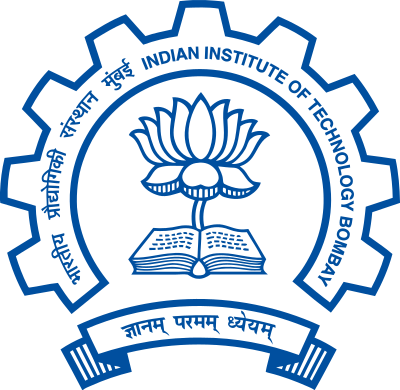
I earned my Ph.D. in Artificial Intelligence from the Department of Electrical Engineering at the Indian Institute of Technology Bombay, where I developed resource-efficient neural architectures for various computer vision tasks such as classification, segmentation, inpainitng and super-resolution. During my doctoral studies, I was associated with the MeDAL (Medical Imaging, Deep Learning, and Artificial Intelligence Lab) under the supervision of Prof. Amit Sethi.
2023 - 2024

I also completed a six-month internship (July 2023–January 2024) with the AI Camera Team of Visual Intelligence Division at Samsung R&D Institute India, Bangalore (SRI-B), where I developed and optimized deep learning models for image classification, object detection, and generative tasks. These models have been integrated into Samsung’s flagship Galaxy S24 series.
2017 - 2019
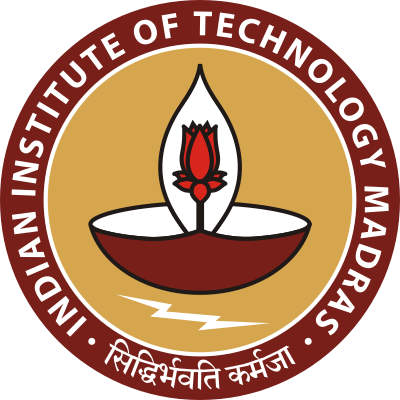
I returned to Academic Research at the Department of Physics, Indian Institute of Technology Madras, focusing on theoretical physics, quantum computing, and quantum information under Prof. Vaibhav Madhok.
2015 - 2016
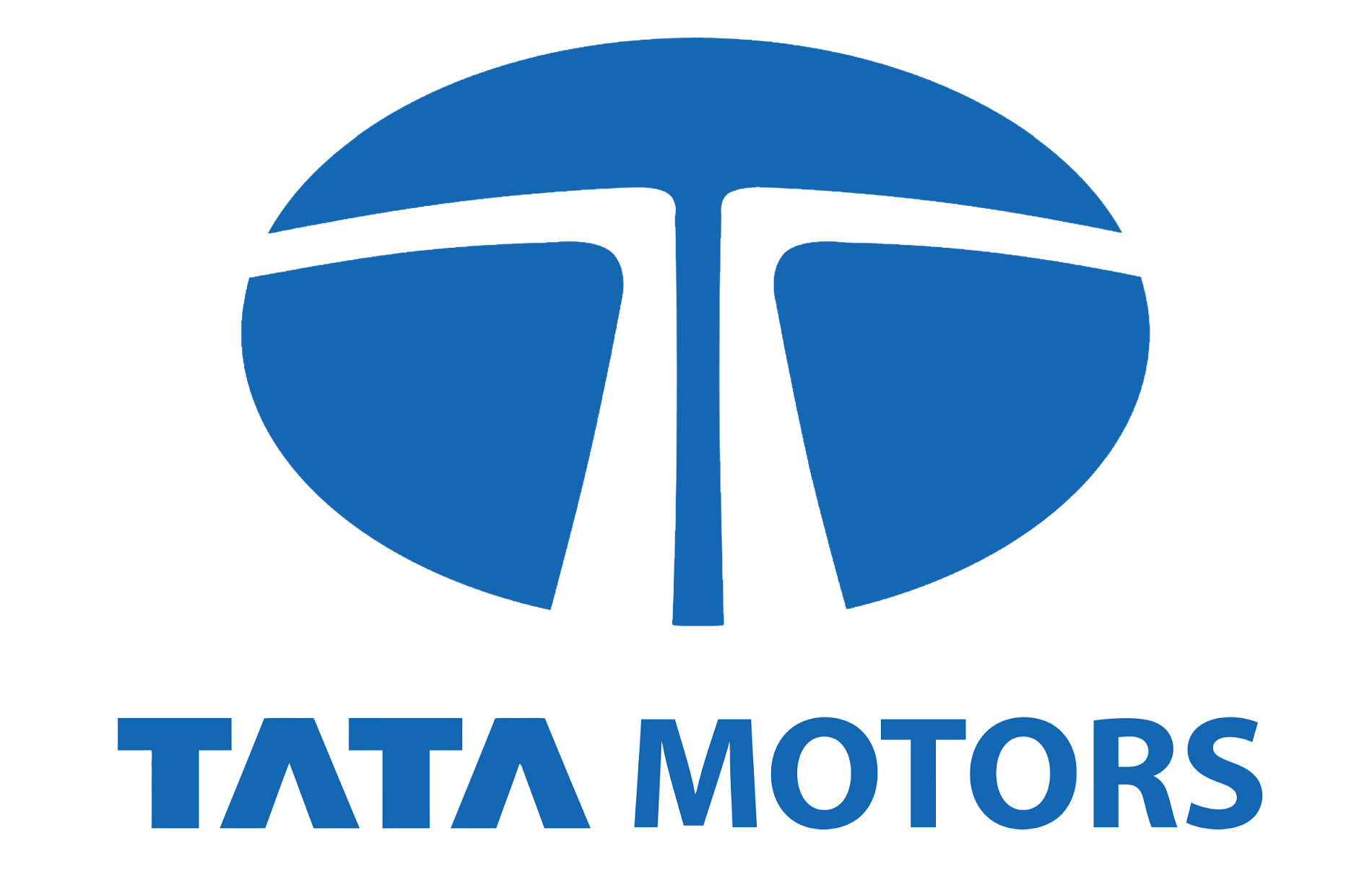
Post-Graduate Engineering Trainee at the Engineering Research Centre of Tata Motors Limited, where I conducted vehicle performance and thermal analysis for braking systems.
2013 - 2015
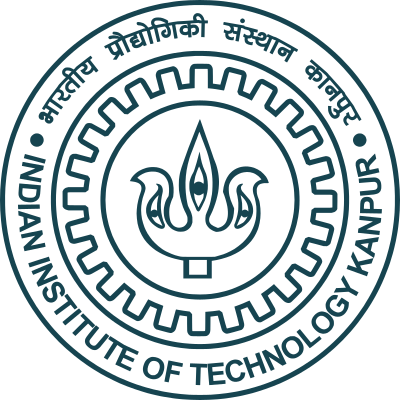
M.Tech in Robotics at the Department of Mechanical Engineering, Indian Institute of Technology Kanpur,, where I was part of the Center for Mechatronics. Under the guidance of Prof. Ashish Dutta, I designed and prototyped a lower-extremity exoskeleton for rehabilitation applications.
2009 - 2013
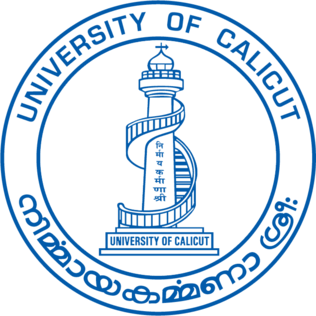
B.Tech in Mechanical Engineering from NSS College of Engineering, University of Calicut.
I regularly serve as a reviewer for premier conferences in computer vision and machine learning, including CVPR, ICCV, ECCV, ICLR, AAAI, and WACV.
News
- OCT'25I defended my PhD thesis: Resource-efficient Architectures for Computer Vision.
- JUL'25Our paper FLD+: a data-efficient evaluation metric for generative models has been accepted for publication at ICCV 2025.
- JUL'25Our paper WavePaint: a resource-efficient token-mixer for self-supervised inpainting has been accepted for publication at ICCV 2025.
- NOV'24Our paper "Evaluation Metric for Quality Control and Generative Models in Histopathology Images has been accepted at ISBI 2025.
- OCT'24Our paper "WaveMixSR-V2, enhancing super-resolution with higher efficiency" has been accepted at AAAI 2025.
- AUG'24Our paper PawFACS for pet facial action recognition accepted at BMVC 2024.
- MAY'24Our paper FLeNS: Federated Learning with Enhanced Nesterov-Newton Sketch has been accepted at IEEE BigData 2024.
- APR'24Our paper Adversarial Transport Terms for Unsupervised Domain Adaptation has been accepted at ICPR 2024.
- FEB'24Our paper Magnification Invariant Medical Image Analysis has received the Best Student Paper Award at Bioimaging 2024.
- JAN'24Successfully completed a six-month internship with the AI Camera Team at Samsung R&D Institute, Bangalore.
- OCT'23Our paper WaveMixSR: a resource-efficient neural network for image super-resolution has been accepted at WACV 2024.
- AUG'23Our paper Heterogeneous Graphs Model Spatial Relationships for Breast Cancer Diagnosis has been accepted at MICCAI 2023.
- MAR'23Our paper Resource-efficient Image Inpainting has been accepted as Tiny paper at ICLR 2023.
- OCT'21Our paper Resource-efficient Hybrid X-formers for Vision has been accepted at WACV 2022.
- JUL'21Our paper “So You Think You’re Funny?”: Rating the Humour Quotient in Standup Comedy has been accepted at EMNLP 2021.
- JUL'25Our paper FLD+: a data-efficient evaluation metric for generative models has been accepted for publication at ICCV 2025.
- JUL'25Our paper WavePaint: a resource-efficient token-mixer for self-supervised inpainting has been accepted for publication at ICCV 2025.
- NOV'24Our paper "Evaluation Metric for Quality Control and Generative Models in Histopathology Images has been accepted at ISBI 2025.
- OCT'24Our paper "WaveMixSR-V2, enhancing super-resolution with higher efficiency" has been accepted at AAAI 2025.
- AUG'24Our paper PawFACS for pet facial action recognition accepted at BMVC 2024.
- MAY'24Our paper FLeNS: Federated Learning with Enhanced Nesterov-Newton Sketch has been accepted at IEEE BigData 2024.
- APR'24Our paper Adversarial Transport Terms for Unsupervised Domain Adaptation has been accepted at ICPR 2024.
- FEB'24Our paper Magnification Invariant Medical Image Analysis has received the Best Student Paper Award at Bioimaging 2024.
- JAN'24Successfully completed a six-month internship with the AI Camera Team at Samsung R&D Institute, Bangalore.
- OCT'23Our paper WaveMixSR: a resource-efficient neural network for image super-resolution has been accepted at WACV 2024.
- AUG'23Our paper Heterogeneous Graphs Model Spatial Relationships for Breast Cancer Diagnosis has been accepted at MICCAI 2023.
- MAR'23Our paper Resource-efficient Image Inpainting has been accepted as Tiny paper at ICLR 2023.
- OCT'21Our paper Resource-efficient Hybrid X-formers for Vision has been accepted at WACV 2022.
- JUL'21Our paper “So You Think You’re Funny?”: Rating the Humour Quotient in Standup Comedy has been accepted at EMNLP 2021.
Expertise
Deep Learning
Computer Vision
Generative Models
Neural Architecture
Medical Imaging
Robotics
Theoretical Physics
NLP
Mechanical Engg
Programming & Tools
Python PyTorch TensorFlow CUDA OpenCV MATLAB C++ Git
